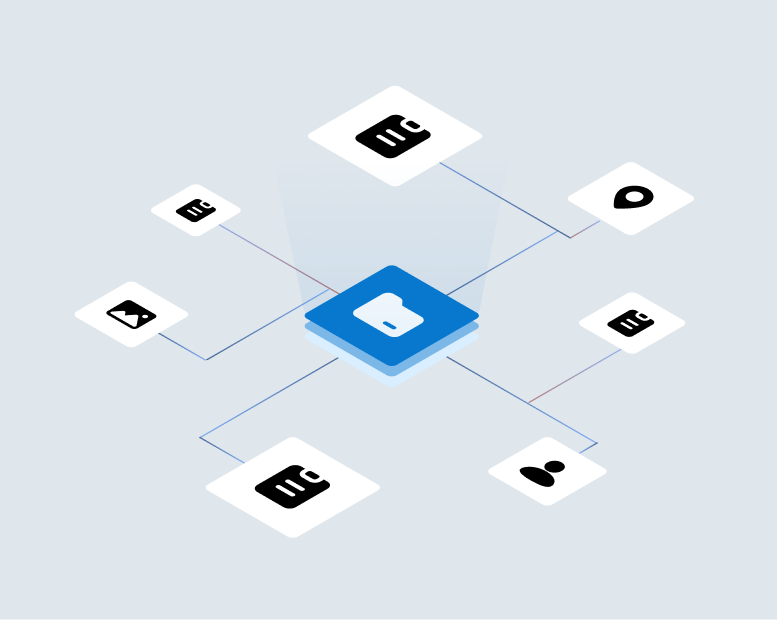To answer that question we need to first define insurance underwriting which is the process of evaluating the risks of insuring a particular person or asset to set premium pricing. Thus Underwriting fraud is the deliberate falsification, omission or obfuscation of legitimate information that would enable an insurer to understand and price the risk with the intention of reducing the price of a policy below its expected cost. Insurance fraud can be the falsification or omission of a range of different data categories from demographic (who is insured), asset (what is being insured), geographic (where the risk is being incurred), behavioral (what uses the insured is being put to) and intent (the purpose for which the policy is purchased i.e. protection against a casualty loss versus use as a platform to defraud the insurer).
When looked at this way it is clear that underwriting and underwriting fraud are activities that occur throughout the insurance life cycle from application to servicing, to claims and renewal. Information that is false affects the initial pricing of the policy but information that changes during the life of the policy also affects the profitability of the priced policy. Comprehending this evolving understanding of the risk enables underwriting to focus the insurer’s claims and investigative units on the claims with the highest probability of fraud. This ongoing reassessment of risk based upon the latest available information is also essential for pricing at renewal. Thus it is critical that underwriters be able to identify places where the insured is presenting false information or where his intentions are not those represented regardless of what point the policy is in the insurance life cycle.
Needless to say this has significant implications for how insurers assess and act upon underwriting fraud. It is not sufficient to simply provide an information screening up front during pricing, it’s also important to monitor the evolving risk of the policy and to ensure that other parts of the organization have the latest insights into the risk to productively focus their efforts.


